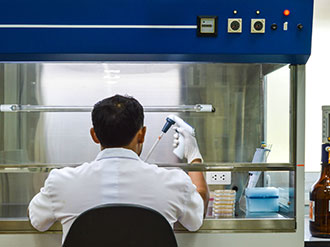Hospital safety culture and patient outcomes

Every workplace has its own culture. Hospitals are no exception to this. In addition to the more traditional aspects of workplace culture, another culture element hospitals have is their patient safety culture. This culture consists of things like a hospital’s organizational characteristics regarding providing safe care to patients.
Different hospitals can have very different patient safety cultures. A recent study indicates that how good of a safety culture a hospital has could have substantial impacts on patient outcomes.
In the study, researchers analyzed safety culture data and colon surgery data from seven hospitals. They looked at 12 different safety culture factors to see which of these factors exhibited connections to post-surgery infection rates for colon surgery patients. The twelve factors were:
- Error feedback/communication.
- Frequency of events reported.
- Handoffs and transitions.
- Inter-unit teamwork.
- Intra-unit teamwork.
- Management support for patient safety.
- Manager/supervisor expectations regarding safety-promoting actions.
- Non-punitive responses regarding errors.
- Openness of communication.
- Organizational learning.
- Overall patient safety perceptions.
- Staffing.
The study found all but two of these factors (staffing and handoffs and transitions) to have an association with post-colon-surgery infection rates. So, it appears a wide variety of different aspects of hospital safety culture have the potential to affect patients.
How much attention do you think hospitals currently pay to their safety culture?
This study underscores that all sorts of things can impact patient outcomes. The fact that patient outcomes are influenced by so many things can pose challenges to hospitals when it comes trying to best ensure they provide as safe of an environment as possible for patients. It is very important for hospitals to rise to these challenges.
The fact that many things can affect patient outcomes can also pose challenges for patients who have experienced a negative outcome and are trying to get a clear idea of their legal situation. It can make it difficult to isolate what exactly caused the negative outcome they experienced. Medical malpractice attorneys understand these challenges and can assist hospital patients who experienced negative outcomes with trying to get to the bottom of what was responsible for the outcome.
Source: Medical Xpress, “Hospital safety culture critical in improving surgical results,” Dec. 9, 2015


